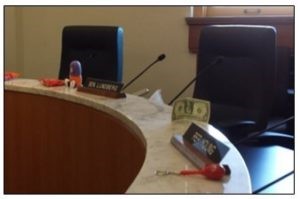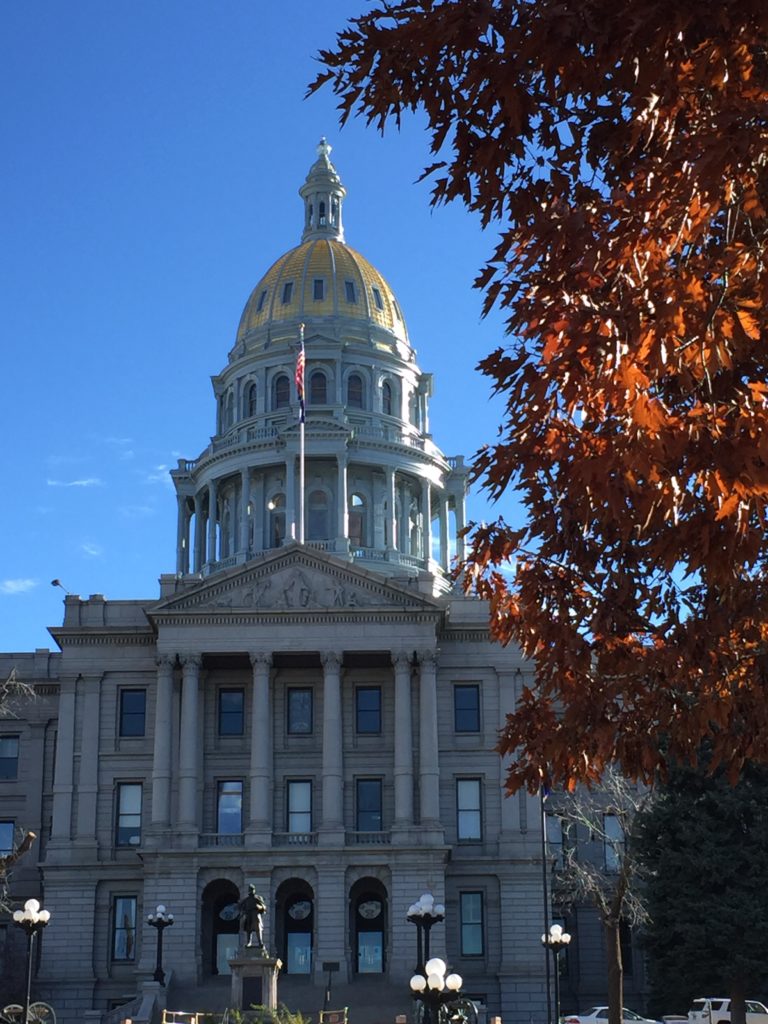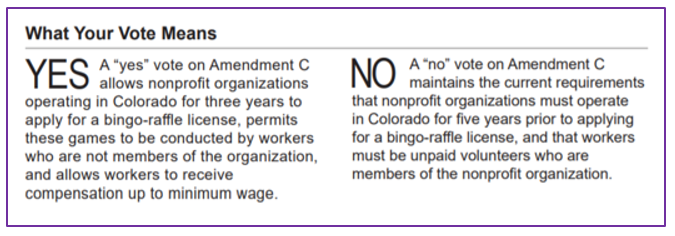by Jason Gelender
The Colorado Open Meetings Law (OML), sections 24-6-401 to 402, C.R.S., declares that it is “a matter of statewide concern and the policy of this state that the formation of public policy is public business and may not be conducted in secret.” The OML also declares that “[a]ll meetings of two or more members of any state public body” or of “a quorum or three or more members of any local public body, whichever is fewer, at which any public business is discussed or at which any formal action may be taken are … public meetings open to the public at all times.”
However, the OML includes an exception to the general open meetings requirement, allowing state and local public bodies to consider specified types of matters in a closed “executive session” if certain requirements are met. The OML has substantially similar notice of executive session requirements for both state and local public bodies. It requires a state or local public body to identify the particular matters to be discussed in an executive session “in as much detail as possible without compromising the purpose for which the executive session is authorized.”
During four public meetings held in 2016, the Basalt town council went into executive sessions to discuss matters related to four topics for which the OML allows executive session discussion: property interests, receipt of legal advice on specific legal questions, determination of negotiating positions, and addressing of personnel matters. In its required public notices of the executive sessions (notices), the town council simply cited the appropriate statutory authority and generic purposes (e.g., receiving legal advice) for the executive sessions without providing any information about what property interests, legal advice, negotiations, or personnel matters would be discussed.
Plaintiff Theodore Guy applied to the district court for an order declaring that the notices failed to adequately identify the particular matters to be discussed as required by the OML and requiring disclosure of the records of the executive sessions. The district court granted plaintiff the requested relief with respect to the matters relating to property interests and negotiations but concluded that the notices were not required to include any specific information about the legal and personnel matters because of the nature of the attorney-client privilege and the subject employee’s privacy interests. Guy appealed.
In Guy v. Whitsitt, the Colorado Court of Appeals reversed the district court and held that the notices had not provided adequate notice of the legal and personnel matters. With respect to the legal matters, the court of appeals concluded that it was possible, without compromising the purpose of the executive session, and therefore legally required, for the notices to have identified at least the subject matter of the legal matters to be discussed because the attorney-client privilege does not ordinarily prevent mere identification of the subject matter of an attorney-client communication. With respect to the personnel matters, the court of appeals concluded that the notices were required to at least identify the subject employee because: (1) a public employee has a narrower expectation of privacy than other citizens; and (2) the town’s argument that disclosure could violate the terms of its employment contract with the employee was not relevant because a town may not, by contract, evade its statutory obligations.
The upshot of this decision is that it is now clear that when a public body (e.g. a legislative committee) gives notice that it intends to consider a matter in an executive session, the OML requires that it do more than simply cite the applicable statutory authority and generically state an authorized purpose such as “receiving legal advice” or “addressing a personnel matter.” The public body must instead at least identify the person who is the subject of a personnel matter or the “subject matter” about which it is receiving legal advice.
For more general information about the OML and executive sessions, please see the Legisource article “The 411 on Executive Session under the Colorado Open Meetings Law.“












